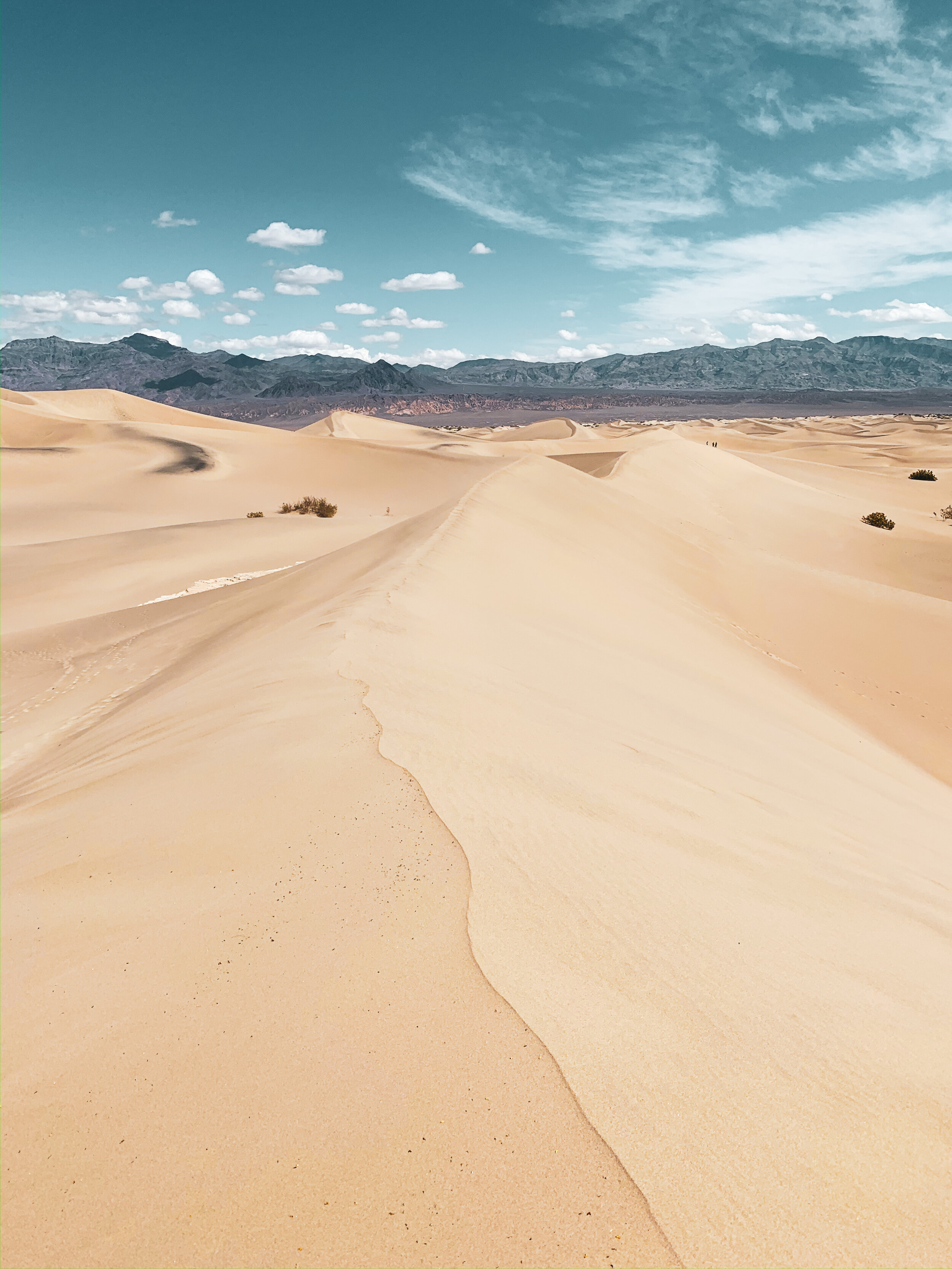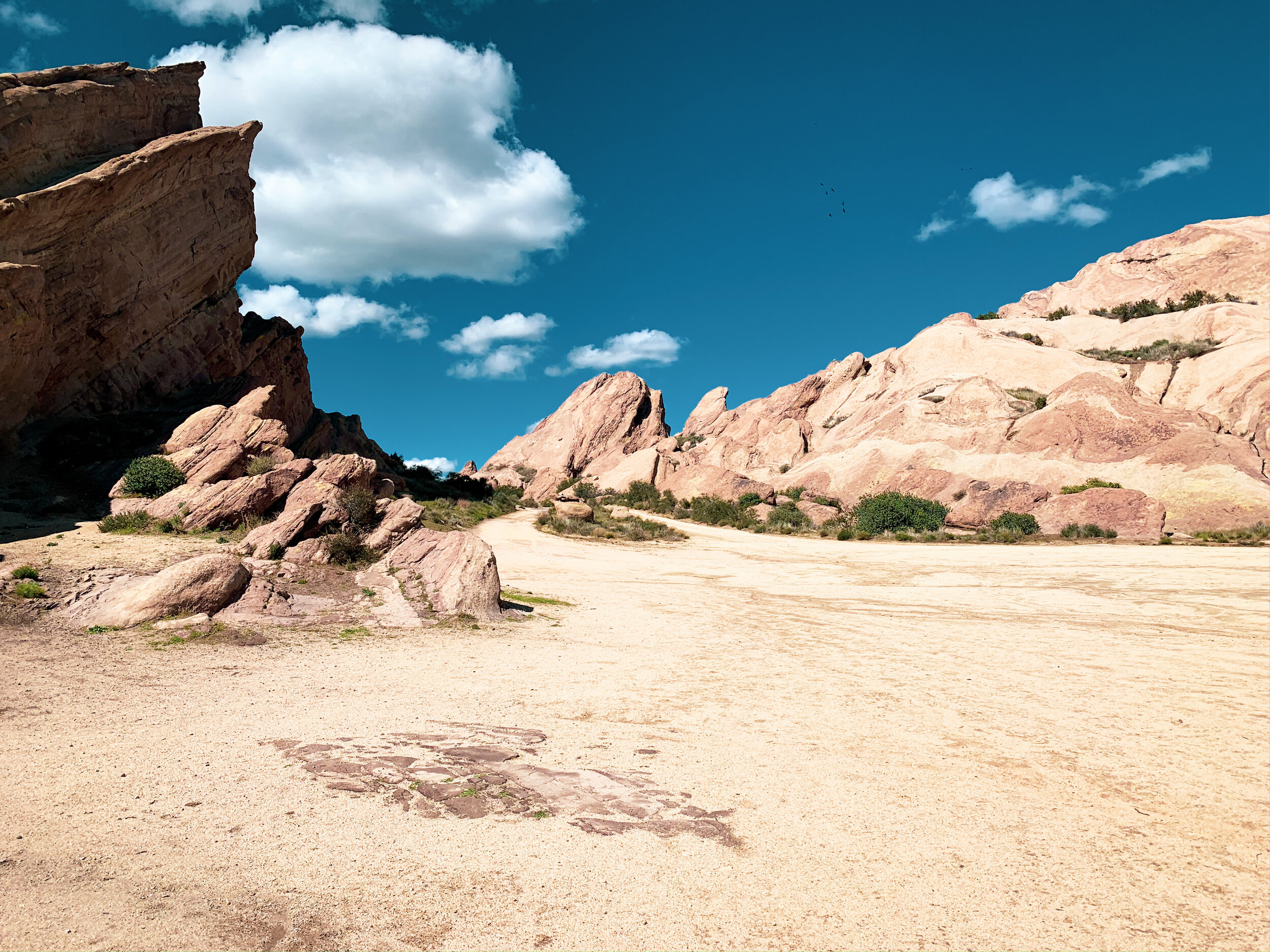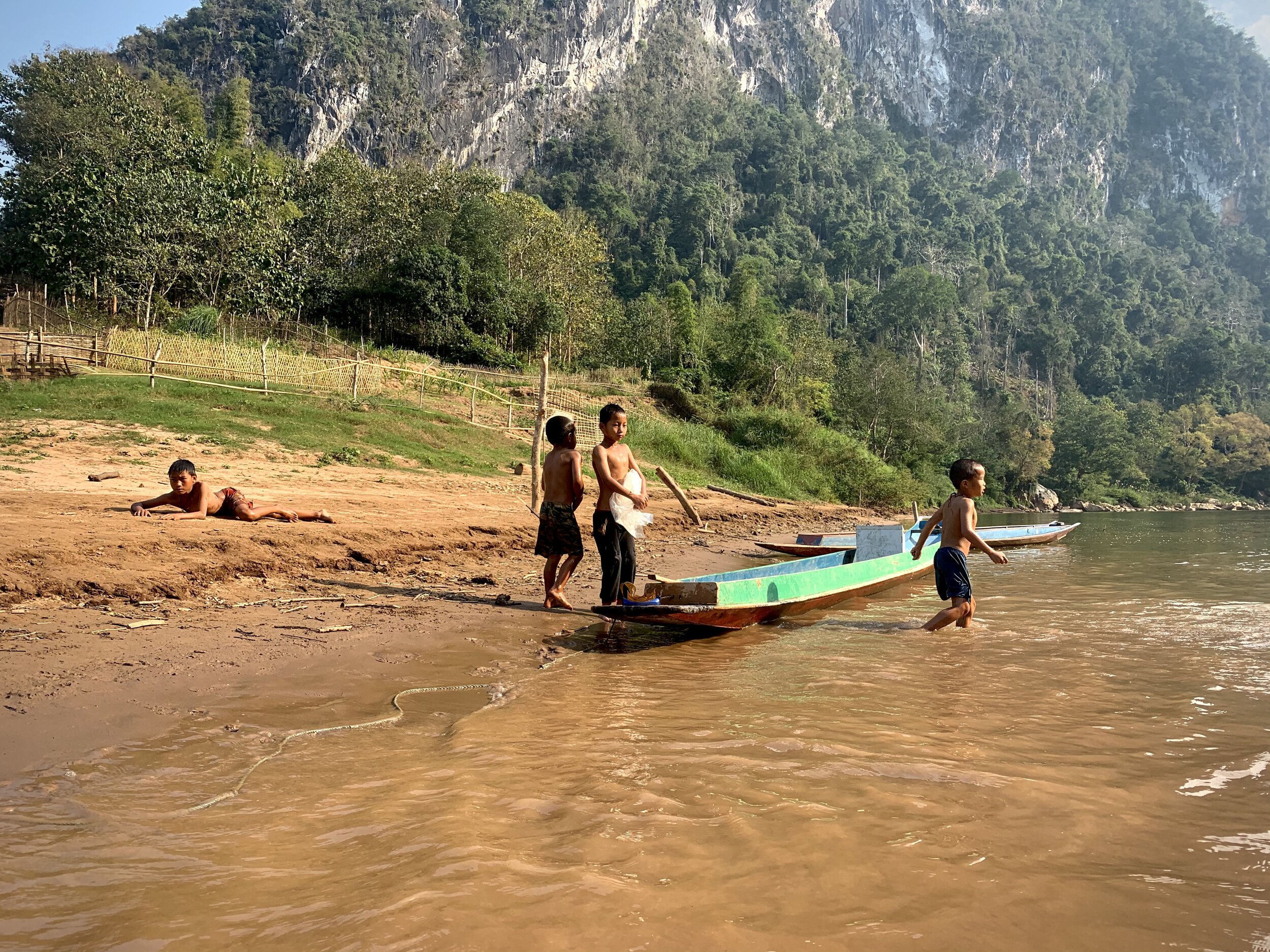During my time on the road, I’ve spent a lot of time on public land. From my slight obsession with the National Park Service, to using BLM and Forest Land to park my van overnight, I’ve experienced just about every type of public land there is in the United States. The thing is, all these terms can get confusing, and I’ve seen it happen more than once where state parks and BLM land are mistaken for National Parks. Each type of public land is vastly different, has different rules and expectations, and are run by different sectors of the government. This is a complete guide to exploring public land in the United States.
Dispersed camping on BLM land in California
National Parks
National Parks are easily the most popular and the most commonly referenced public land in the US. Many people believe that all public land is Park Land, which is an easy mistake to make. I used to think the same thing! But really, National Park only refers to the 419 sites run by the National Park Service. This includes sites with “Park Status” such as Yosemite, the Grand Canyon, and Yellowstone, as well as National Monuments (Devils Tower), National Military Parks (Gettysburg), National Historic Parks (Harper’s Ferry), and other natural sites, such as National Lakeshores, Recreation Areas, and Seashores.
The National Park Service (NPS) is my personal favorite because they truly go out of their way to protect their land. National Parks are zones free from hunting, lumber, fishing, and more, and are solely used for recreation, conservation, and education.
Bryce Canyon National Park, UT
Camping is only allowed in National Parks if you are in a developed campground. Lots of NPS campgrounds can be reserved in advance, but some are first come first served, so check on the Park’s website before visiting. Backcountry camping is allowed, but like with all public lands, you must have a permit.
Most National Parks require an entrance fee to visit, and this can range from $20-35 depending on the park. I highly suggest purchasing an America the Beautiful Pass if you are planning on visiting more than 3 National Park Service sites per year.
Glacier National Park, MT
National Forests
While the word “national” often means National Forests get lumped in with National Parks, they are vastly different from each other. The main difference is that National Forests are run by the United States Department of Agriculture (USDA), not the NPS. National Forests are not necessarily actual forests. They often don’t actually have trees! They’re just called forests by the USDA. Oftentimes, National Forests surround National Parks, and they’re recognizable by their brown and yellow welcome signs.
National Forests are always free to visit, as they often surround roads and highways. You will, however have to pay to camp in most developed campgrounds, and sometimes there is a parking fee for trailheads and picnic areas. An America the Beautiful Pass will waive parking fees for National Forests, but not camping fees.
Cathedral Rock, a trail maintained by one of Sedona, AZ’s many National Forests
The USDA is very different from the NPS in the way that they protect their land. Often, people can secure fishing or hunting permits in National Forests (but, please don’t. You know, respect nature). The USDA will use parts of National Forests for lumber farming, so land is not as protected in a National Forest as it is in a National Park.
The main plus-side of National Forests is something I discovered in the vanlife community, but anyone who camps often will benefit from this as well. National Forests usually allow dispersed camping: camping in undeveloped areas. This means you can park off of just about any dirt road in the Forest, and camp for free, so for overlanders and car campers, this can be a great way to never have to pay for a place to stay during a long road trip. Disclaimer: check the USDA website for the Forest you are in to check if there are any specific dispersed camping regulations in the area.
Fun Fact! The USDA and National Forest sector of our public lands is home to the only National Grassland in the prairie region of the United States. The Sheyenne National Grassland is located in North Dakota and it is absolutely gorgeous and unexpected if you happen to be going through the middle of the country.
Sheyenne National Grasslands, ND
State Parks
Believe it or not, people often also confuse State Parks for National Parks. State Parks are incredibly different from National Parks. State Parks are not run by the federal government like the other public lands on this list. State Parks are run by their state’s specific state government, so their rules and laws depend on those of the state, versus those of the federal government. State Parks are often smaller (other than the beautiful Anza Borrego Desert State Park in CA), and all of them require entrance fees averaging at about $10 across the country. The America the Beautiful Pass will not grant you entrance to a State Park (believe me, I’ve tried, many times), and instead, you must purchase a state parks pass for each separate state you visit.
State Parks include State Forests, State Historic Parks, and State Beaches, and we can just go ahead and lump County Parks and similar in this category as well.
Valley of Fire State Park, NV
BLM Land
BLM Land is one of the most confusing concepts for most people. BLM Land is not run by the National Park Service, or the Department of Agriculture, but is instead run by a completely different sector of the United States Federal Government—the Bureau of Land Management.
BLM Land is mostly for camping, rather than other types of recreation. While BLM Land does have developed campgrounds, it’s most often referred to when speaking about dispersed camping. Just like National Forest developed campgrounds, BLM Land developed sites do usually have a fee, and are usually first come first served. Dispersed sites can be found on the sides of secondary (dirt) roads, and are usually unmarked.
Parked on BLM Land in Alabama Hills, CA
Disclaimer: Dispersed camping in both National Forests and on BLM Land is not for everyone. While “free” might sound enticing, these spots have no facilities, no water, and no bathrooms. You must properly dispose of waste (trash and… you know), and Leave No Trace whenever using these sites.
While public land is everywhere, it is a concept that usually confuses people. Not all public land is the same, and it’s important to know the difference before you go out and use any of it. But the main thing to remember, as with all public land, it’s important to be respectful. Do some extra research on specific destinations prior to visiting, and leave sites the way you found them. Safe travels!
Looking to plan a road trip that takes you to public land sites in the US? My 3 month, 48 state road trip route is now available in the SHOP!















































